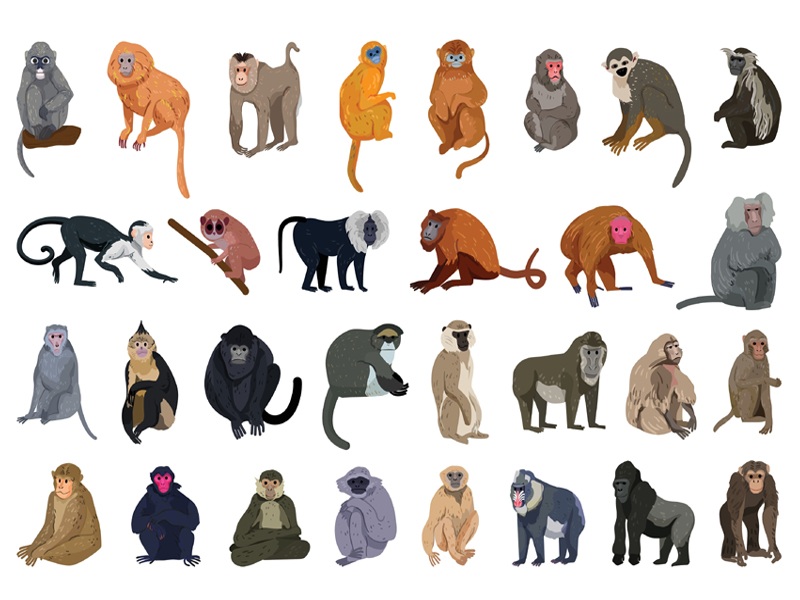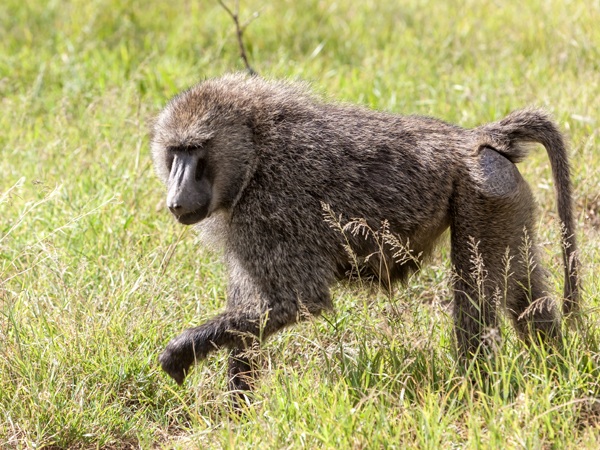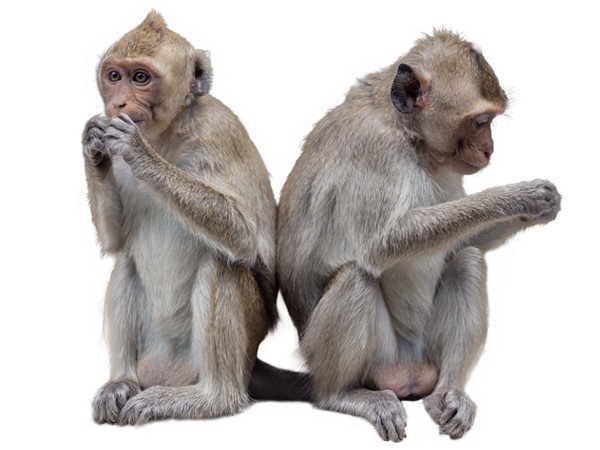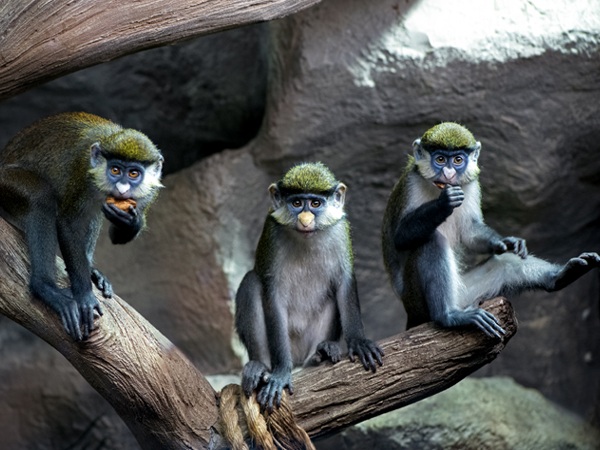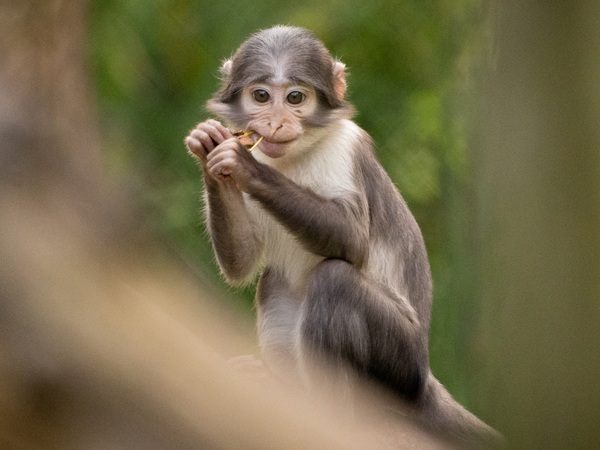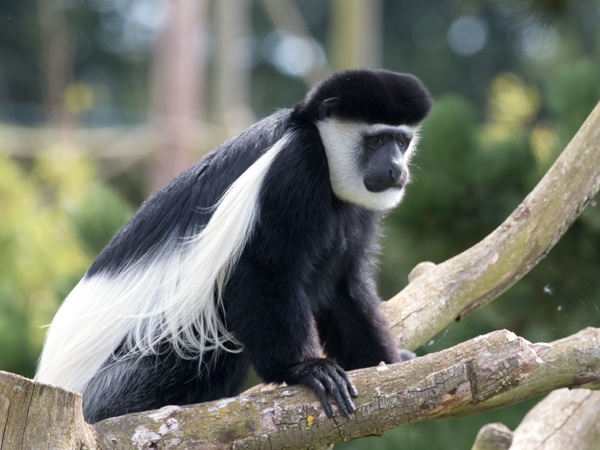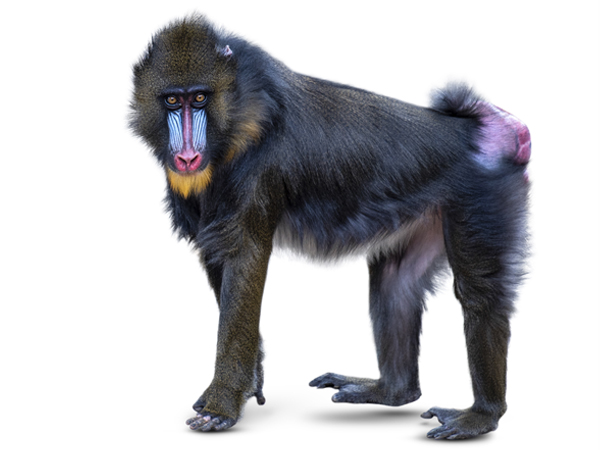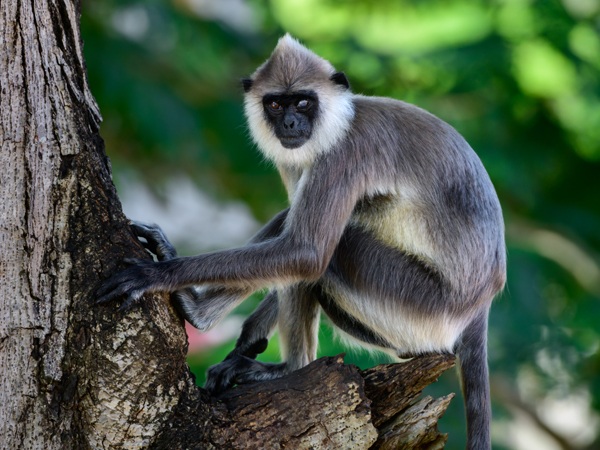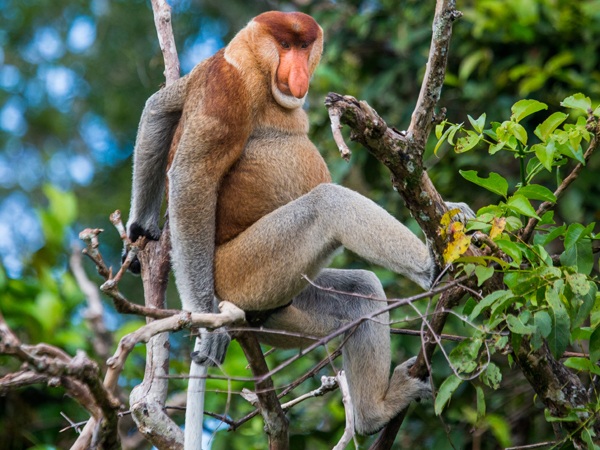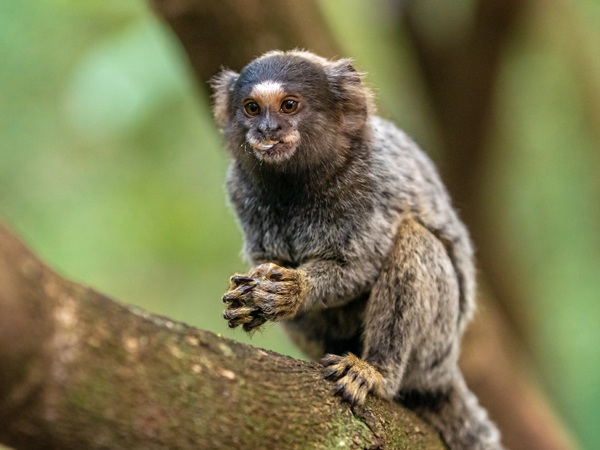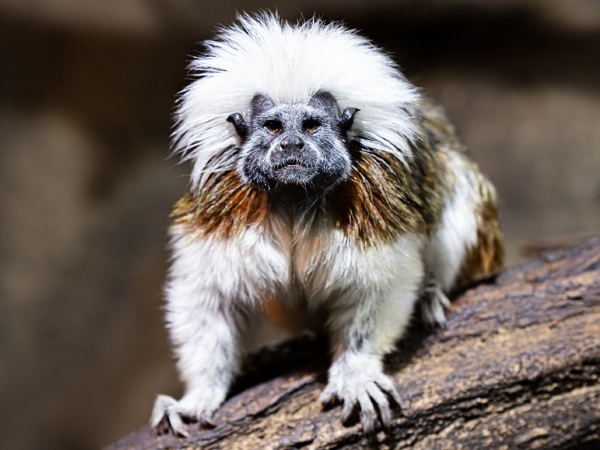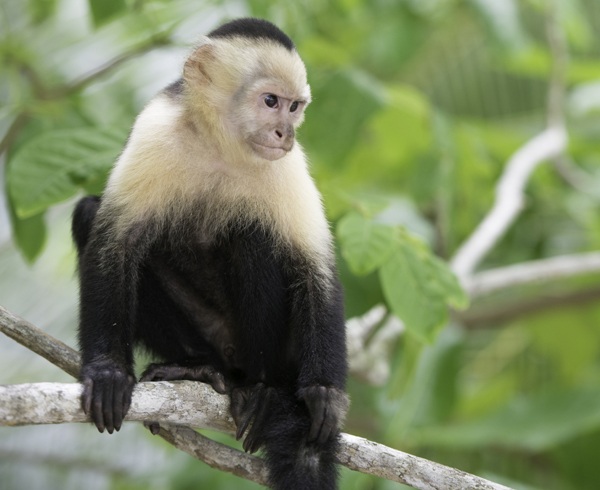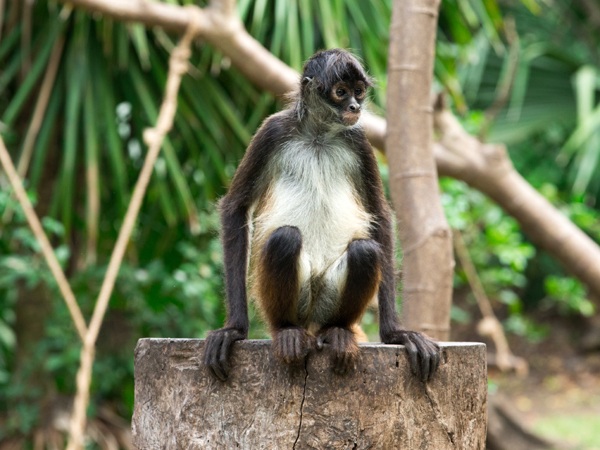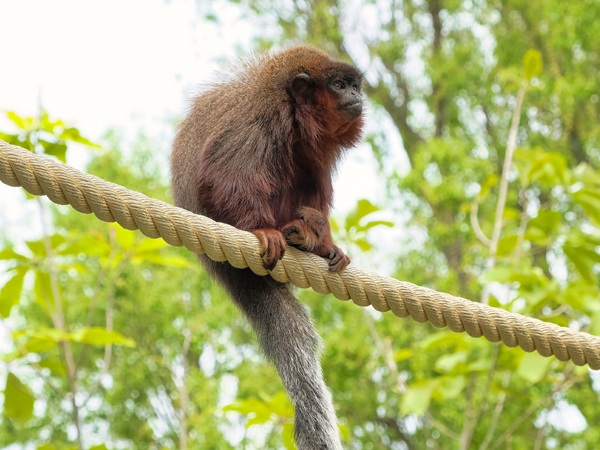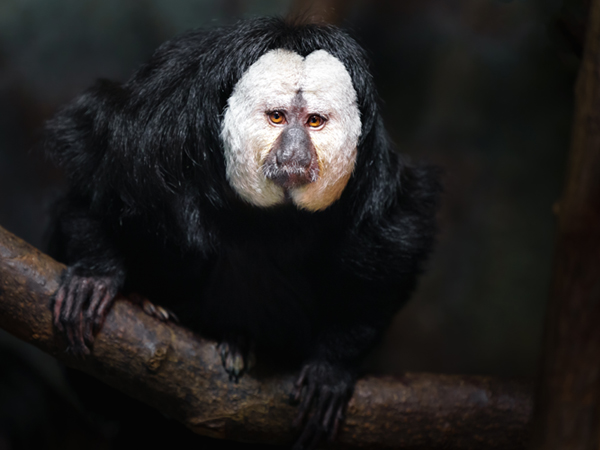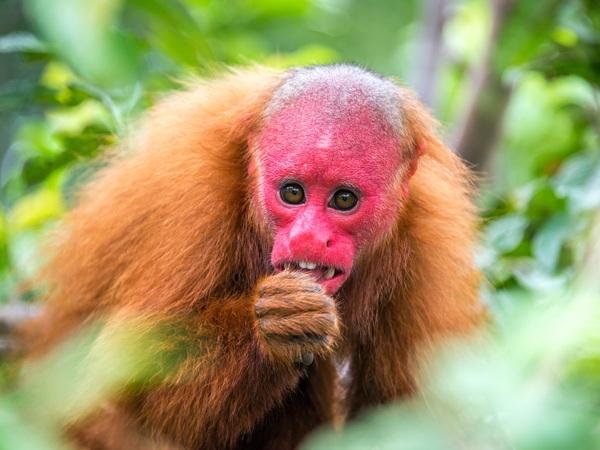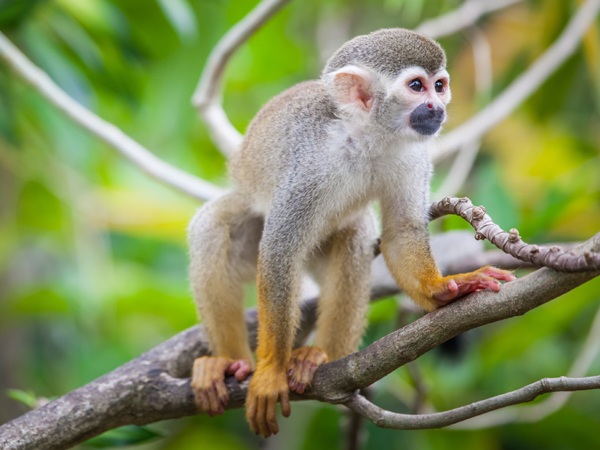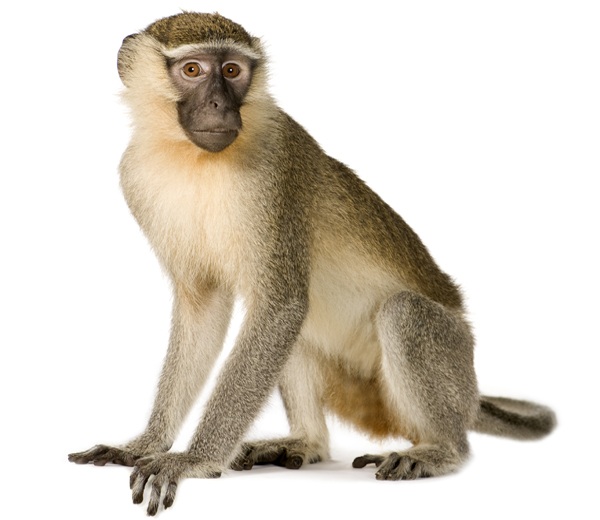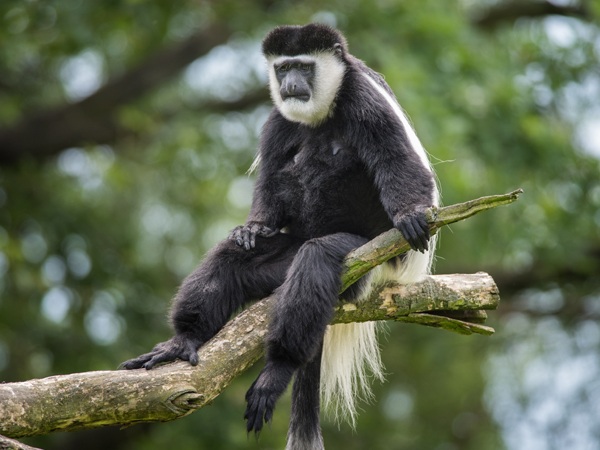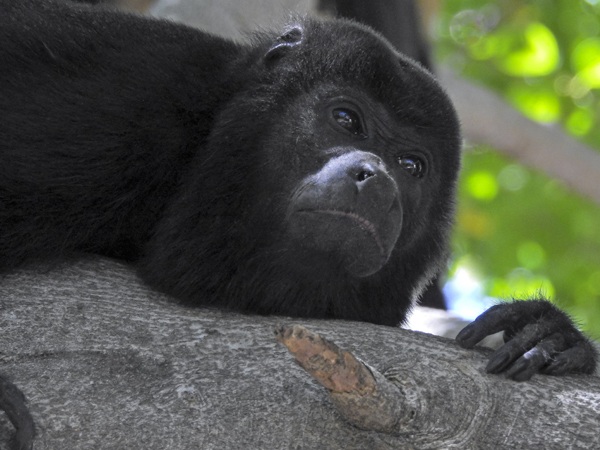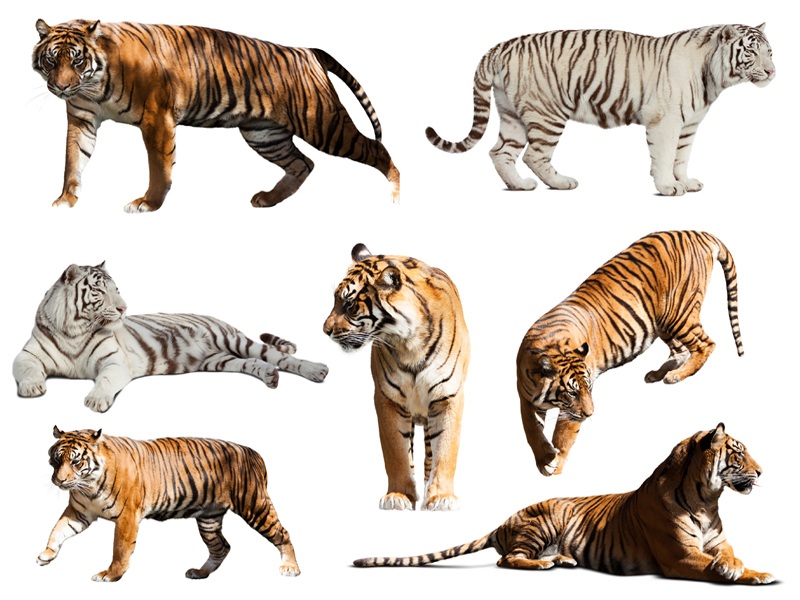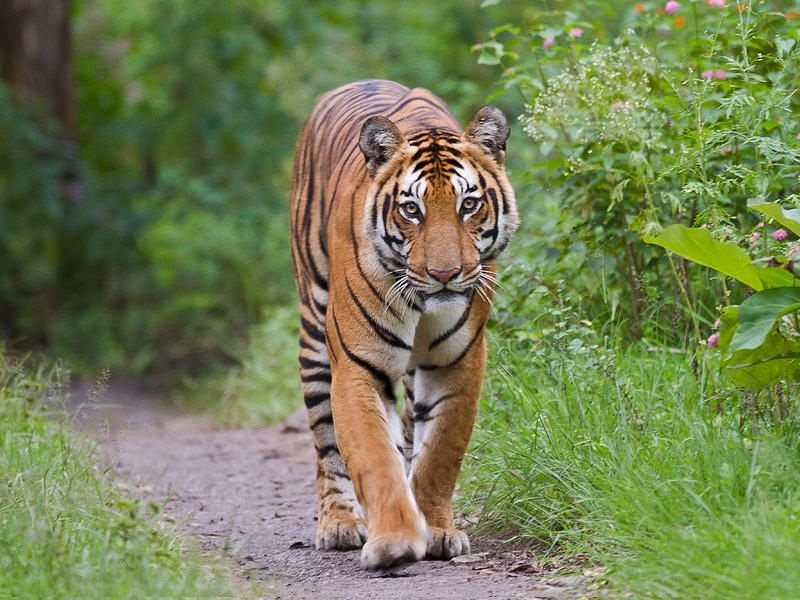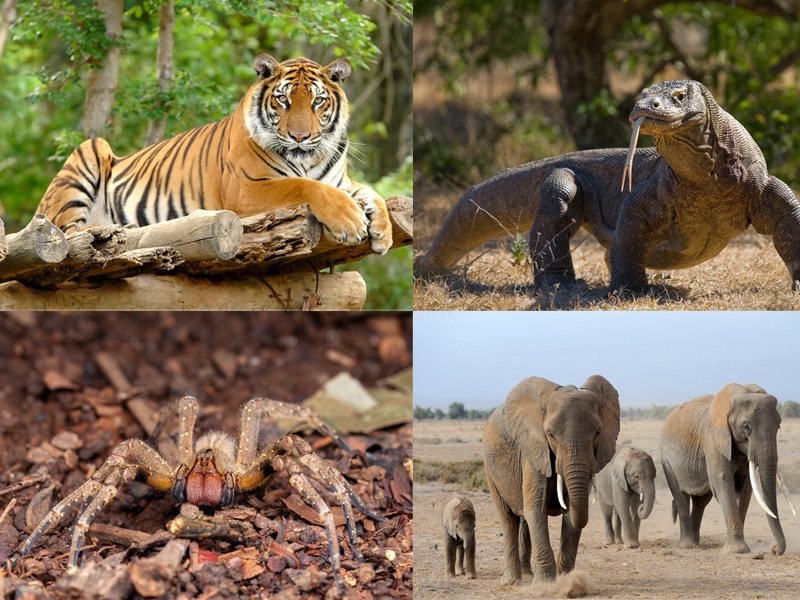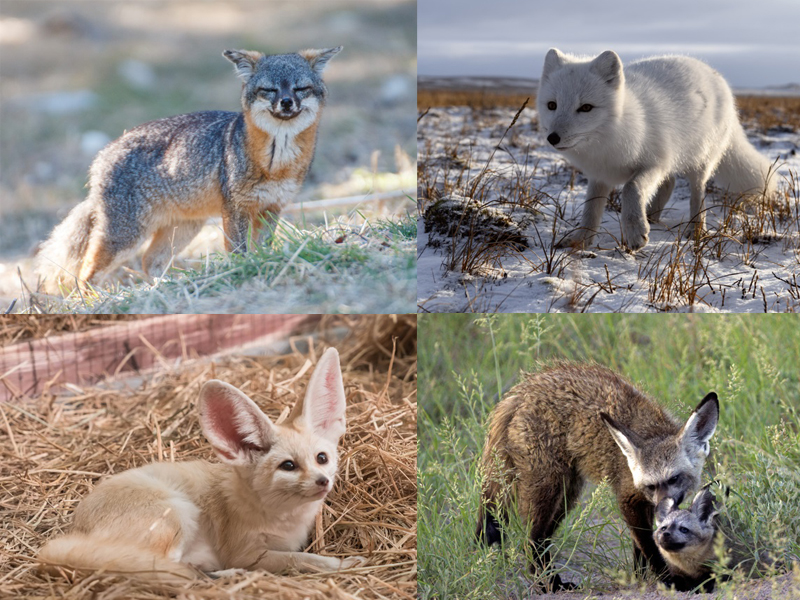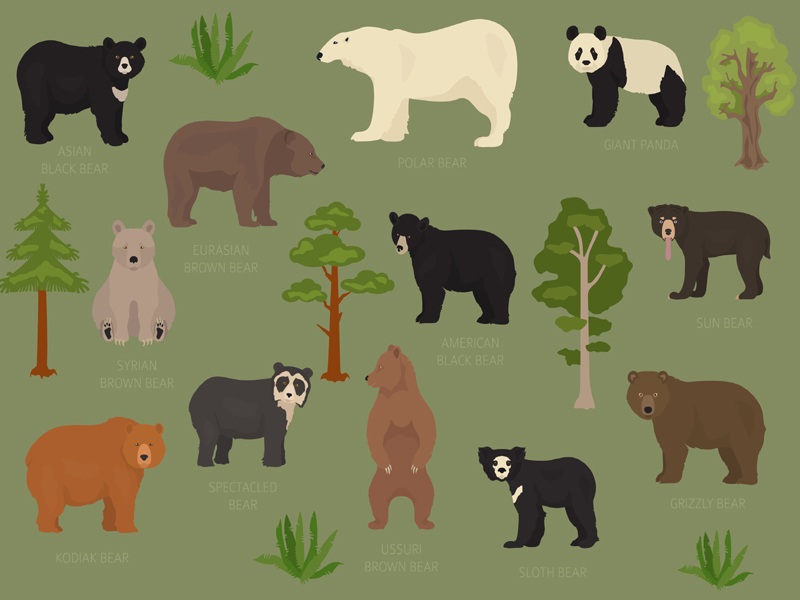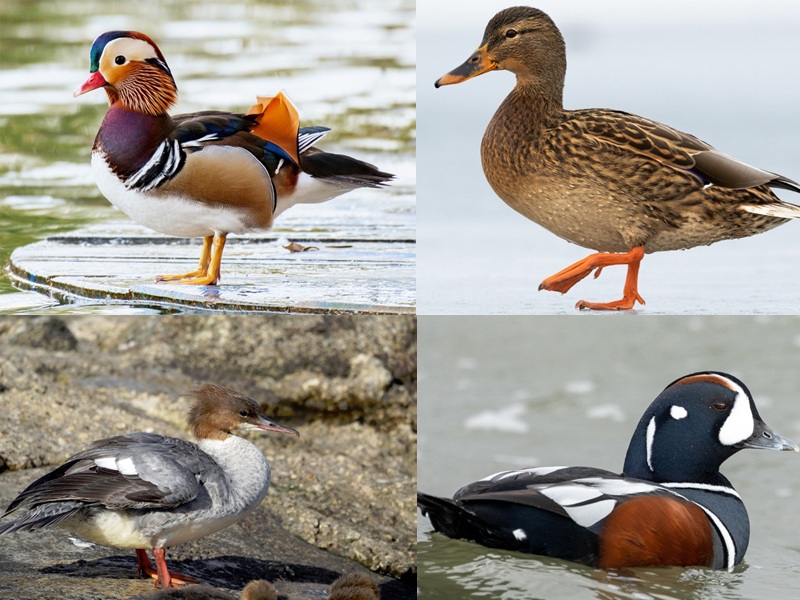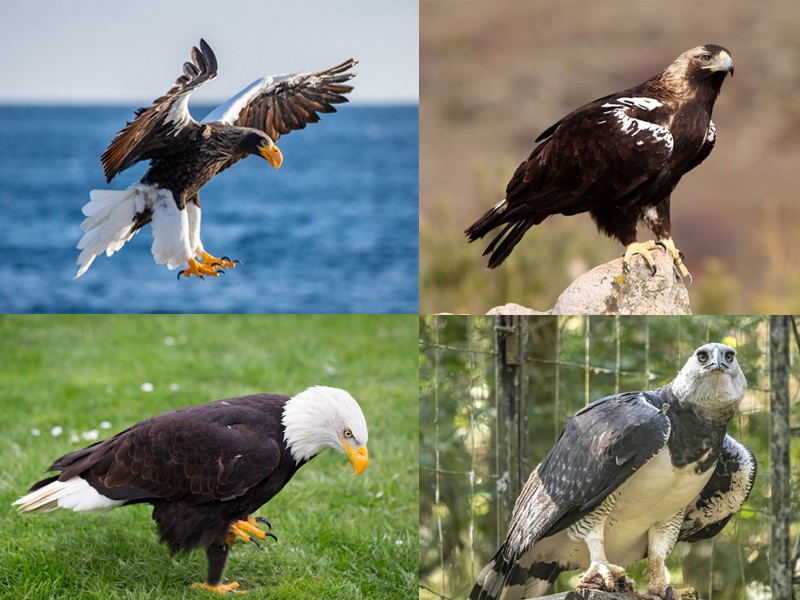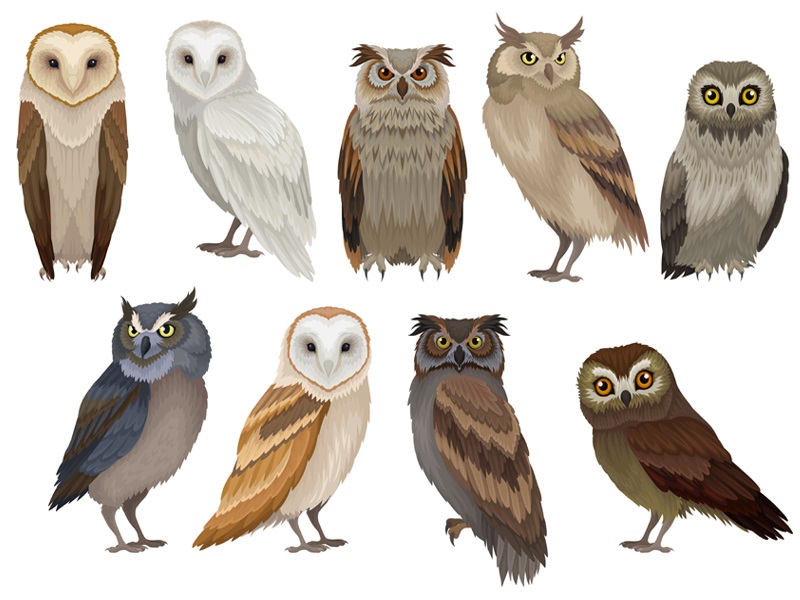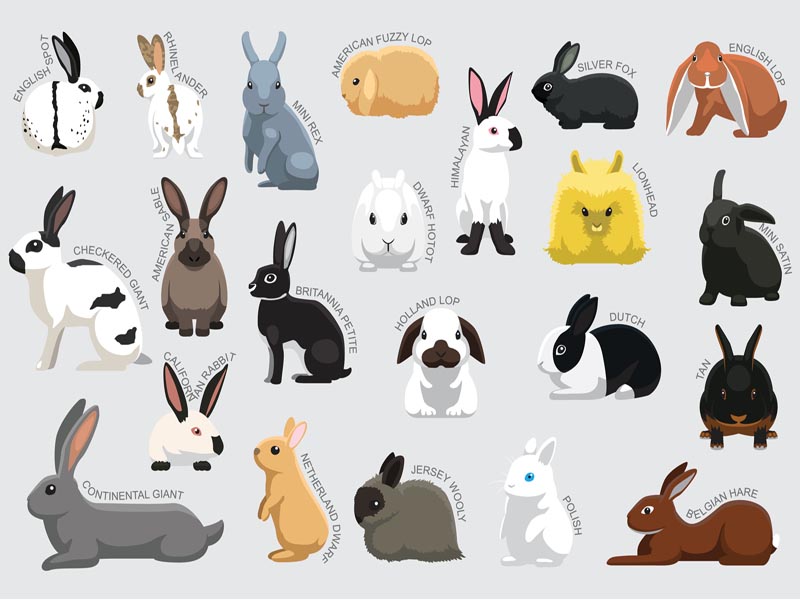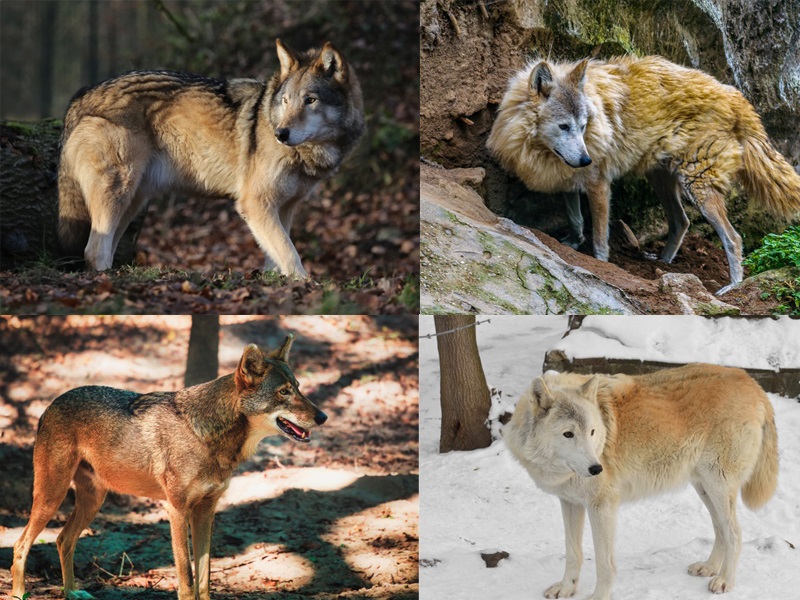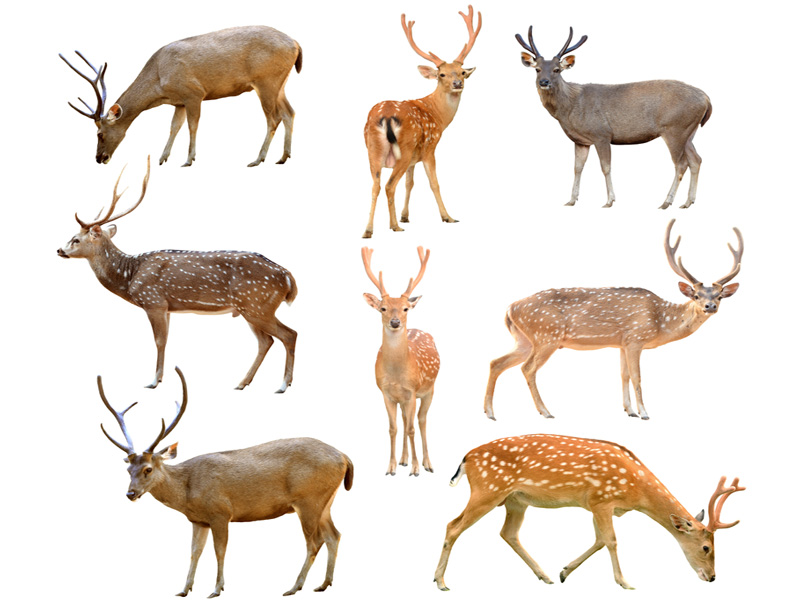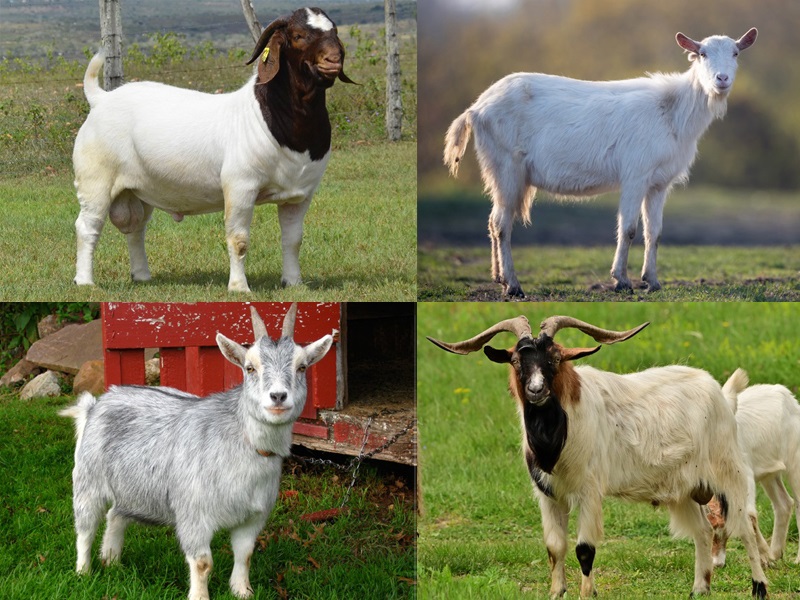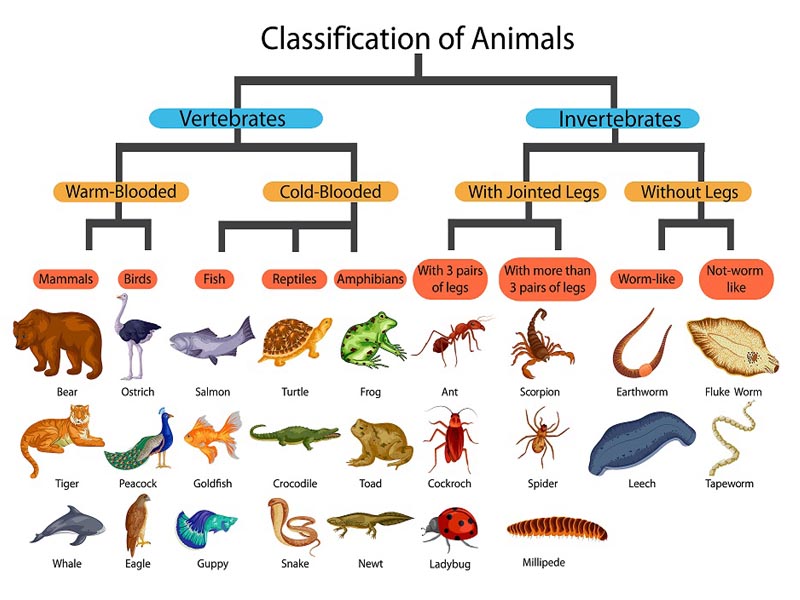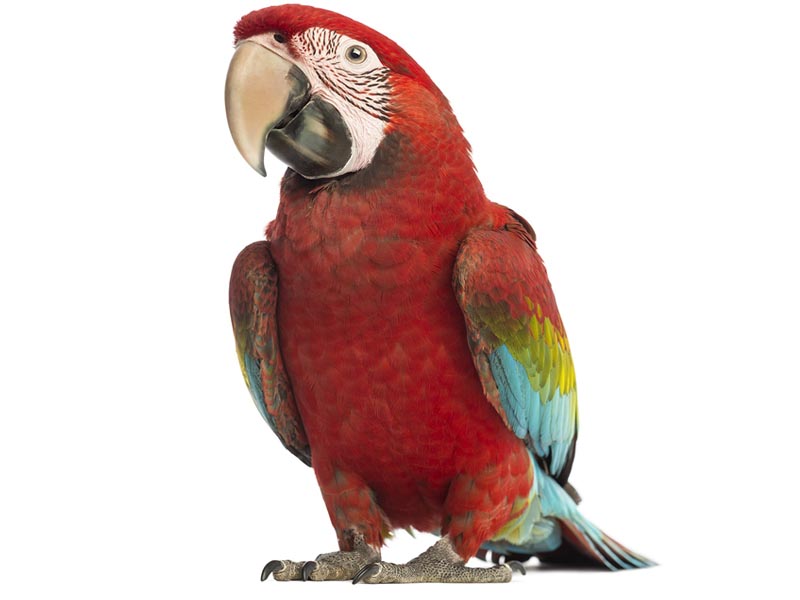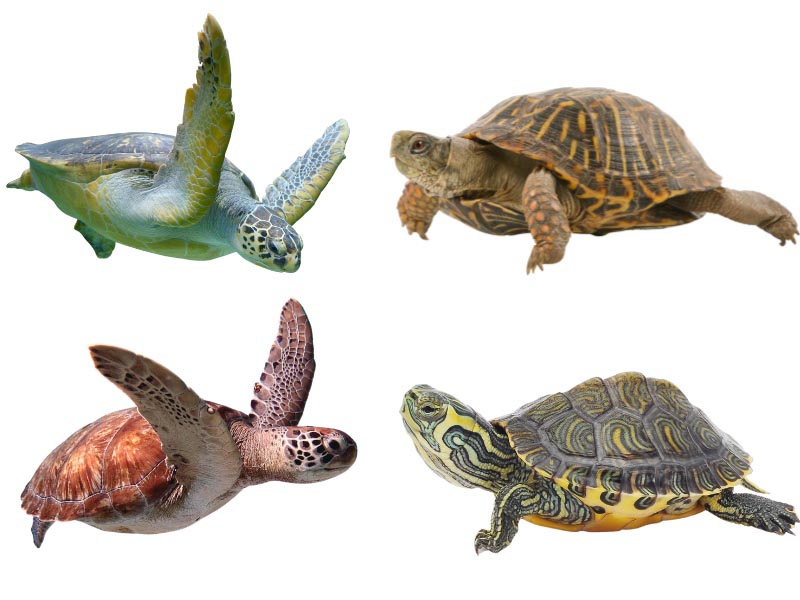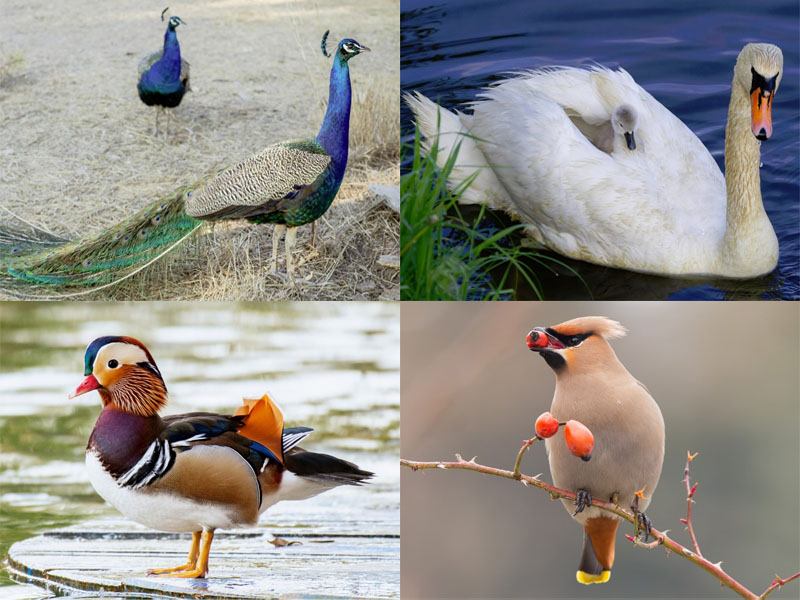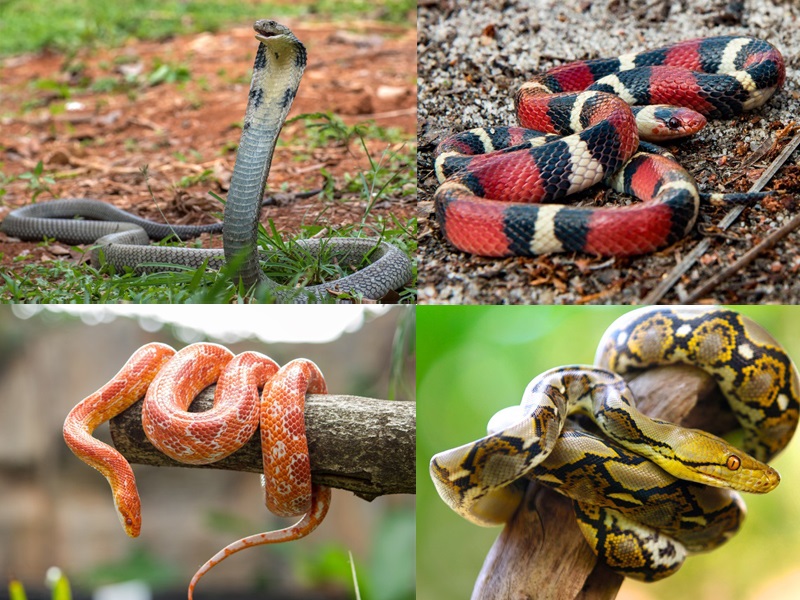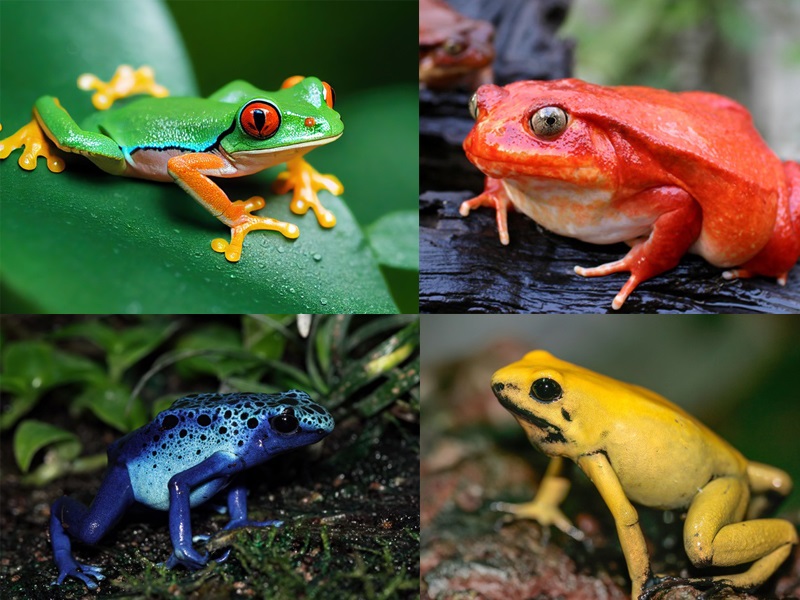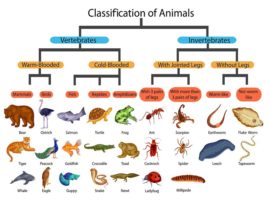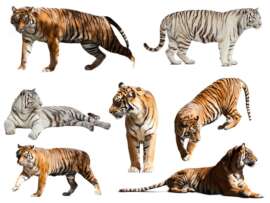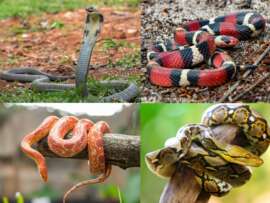Monkeys! Well, who needs an introduction to these cheeky, mischievous creatures? They steal our food, chill out in our backyards and even create chaos in our temples. But have you ever tried to take a peek into their world and understand more about these primates? Today, we will help you do just that by introducing you to the different types of Monkeys and their characteristics.
With over 334 monkey species in their kingdom, the world of Monkeys is not as simple as we perceive it to be. Since they are the closest relatives to humans, it makes sense to get close and personal with them and get to know what they eat, how they live etc.
Ready for some serious Monkey business? Read along!
What is a Monkey? & Its Types:
A monkey is a 4 legged primate that has a long tail and a flat, short face. It can move freely on all limbs and has well-established feet and palms.
Monkeys are mammals which directly give birth to their young ones. They usually live in groups called “tribes” or “troops”. An easy way to distinguish them from the other primates like apes and gorillas is their tall tail using which they swing easily from the branches, and no sensory whiskers on the face.
Classification of Monkeys:
Monkeys are broadly classified into two major categories – Old World Monkeys and New World Monkeys.
- Old World monkeys are those that belong to countries like Africa, Asia, etc. They live in diverse habitats like forests, snow-capped mountains, hills, and even cities. You can identify these species from the New World ones with their downward-pointing nostrils and only two pre-molars. They are also known to be color blind and can see the world in just black and white. There are approximately 160 species in this category.
Examples: Baboons, Langurs, Macaques, etc.
- New World Monkeys belong to South and Central America and Mexico regions. They usually live in tropical climates and spend most of their lives on trees. This is why they are equipped with sharp nails and longer tails. These types of monkeys have wide and rounder nostrils and can see all the colors like a human being does. There are approximately 174 species in the New World Category.
Examples – Squirrel Monkeys, Tamarin, Howler Monkey, etc.
See More: Types of Bears with their Characteristics and Habitats
List of 20 Different Types of Monkeys and Their Characteristics:
Here is detailed information on 20 monkey varieties to help you differentiate the species from one another:
1. Baboons:
Baboons are one of the largest species in the Old World monkey kingdom. The average male weighs anywhere between 33 to 80 pounds, and the size ranges from 20 to 34 inches. They usually live in semi-arid and tropical forests of Africa, Asia, and Arabian regions and have a life span of 30 years in the wild. Their scientific name is Papio, and their skin color ranges from olive to yellowish-brown. Baboons are omnivorous creatures and thrive on almost anything they find, like fruits, roots, rodents, grass, birds, and sometimes even babies of larger mammals like deer. Although they have a tail, it is not well equipped to grasp objects like branches.
2. Macaques:
Macaques are species of Old World type monkeys that are commonly found across countries like India, Pakistan, China, etc. Among them, the Rhesus Macaques are considered to be highly intelligent and adaptive species. The scientific name of these primates is Macaca Mulatta, and their average life span in the wild is 4 years. They weigh anywhere between 8.75 to 26.5 pounds, and their height ranges from 17.75 to 25 inches. Macaques usually live in troops of a few tens to a few hundred monkeys and maintain a great social bonding with each other.
3. Guenons:
Guenons are one of the most graceful and good looking species of the Monkey kingdom. They are Old World primates and can be identified with soft fur that has a speckled appearance of black, brown or yellow. The unique feature of this animal is the contrasting color of the fur on the nose. The males of this species weigh around 7 kgs, while the females weigh around 5 kgs. The length ranges from 42 to 56 cms. Guenons live in forests and wetlands. Their diet comprises fruits, leaves, vegetables, insects etc. The scientific name of Guenons is Cercopithecus, and their life span is around 20-30 years.
4. Mangabeys:
Mangabeys (Cerocebus) are old world monkeys which are usually found in the African tropical forests. They are fairly large in size, with an average body length of 40 to 90 cm. These species weigh 6 kgs (female) to 11 kgs (male). The unique aspect of this species is its exceptionally long tail which measures as long as the body length. Mangabeys are known to be highly social animals which communicate using loud vocalizations. Their staple diet comprises of seeds, fruit and leaves. Due to their long and sharp front teeth, Mangabeys can bite into even hard fruit and relish them.
5. Colobus:
Colobus (Colobus Angolensis), also called black and white Colobus, are native African types of monkeys which belong to the Old World category. They can be distinguished by a beautiful black fur on the body and a white cape like fur on the mantle with a bushy tail, beard, and thumbs. These creatures have an average life span of 20 years in the wild and weigh about 4 to 14 kgs with a body length of up to 1.3 m. They use the long mantle to work like a parachute while jumping up from great heights. These leaf-eaters are hunted for their gorgeous fur and are facing the threat of extinction.
6. Mandrills:
Mandrills (Mandrillus Sphinx) are one of the largest species of the Old World monkeys. They are known for their colourful and vibrant appearance. One can quickly identify these creatures with the red and blue marks on their faces and the bright red rears. These colors get deeper when the animals get excited or aggressive. Usually shy and reclusive, Mandrills rarely get into fights and use their long canine teeth for self-defence. Their average life span is 20 years. They weigh 77 pounds and measure 3 feet in length. Mandrills are marked as vulnerable species due to mass hunting.
7. Langurs:
Langur Monkeys (Semnopithecus) are native to the Indian subcontinent and part of the Old World category. They are also called Hanuman Langur or Hanuman Monkeys. These animals have a body length of up to 40 cm and a long tail that measures between 50 to 100 cm. Their average weight is 5.5 kgs and can live up to 30 years. Langurs can be identified by a grey or brown body with a black face. They are considered sacred by Hindus, who let them live in temples and villages. Langurs predominantly feed on leaves, fruit, vegetables and small insects.
8. Proboscis:
Proboscis (Nasalis Larvatus) is also an old-world monkey that is native to the forests of Borneo. It can be easily identified with its exceptionally long and fat nose, which earns it the name “long-nosed monkey”. These creatures are arboreal (always live on trees) and never venture onto the land unless they are deprived of food. They weigh up to 20 kgs, measure around 53 to 76 cm, and their average life span is 20 years. Their diet comprises of leaves, fruits, seeds and insects. The rampant clearing of Borneo’s forests is posing a severe threat to these animals.
9. Marmosets:
Marmosets (Callithrix Jacchus) are New world types of monkeys that live on the tall trees of the South American rainforests. There are about 20 types of their species, and the smallest among them, called the Pygmy Marmoset, measures just 6.2 inches and weighs around 140 gms. These adorable looking animals have soft fur on their body and tufts of hair on their face. They stay only on the treetops and live in small groups of 4-15 animals. Marmosets are omnivores and feed on almost anything. They commonly give birth to twin babies, which is quite rare in primates. Their average life span is 5-16 years in the wild.
10. Tamarins:
Tamarins (Saguinus) are new world monkeys which are commonly found in Central and South American rainforests. There are different subspecies of Tamarins like Golden Lion Tamarin, Emperor Tamarin, Cotton-top Tamarin (seen in this picture), Negro Tamarin, Black-Mantle Tamarin etc. Most of these species have a moustache like the hair on the face for sensory purposes. They measure around 13-30cms (excluding the tail) and weigh around 900 gms. These small-sized primates can live on trees and are most active during the daytime, foraging for food.
See More: Types of Rabbits and Their Breeds
11. Capuchins:
Capuchins (Cebus) are New World monkeys that are commonly found in the tropical forests of Central and South America. They get that strange name due to the “cap” like the hair on the head, which resembles the shaved heads of Capuchin monks. Capuchins are known to be extremely intelligent creatures which live in noisy troops on tall trees. They are about 55 cm in length, weigh around 3-4 kg and live for an average of 15-25 years in the wild. These primates are predominantly vegetarian and love eating palm fruits. Their color ranges from black or brown with white or grey hair on the face and upper body.
12. Spider Monkeys:
Spider Monkeys (Ateles) are new world monkeys which are found in the rainforests of southern Mexico to Brazil. They are large primates with just four fingers on each palm and no thumb. However, they use their tail to move swiftly from branch to branch and are extremely agile in their movements. These creatures weigh around 6 kgs and have a body length of 35-66 cm. The tail of a spider monkey is longer than the body, and the coat is of several colors like black, dark brown etc. These types of monkeys go around in big troops and relish on fruits, seeds, leaves, spiders and eggs.
13. Titi:
Titi monkeys (Callicebus) are new world species that live in the rainforests of the Amazon river basin. They are arboreal creatures which rarely come onto the ground and prefer staying in dense vegetation. Titis can be identified by a chestnut brown furry body, a black face and a grey tail. They weigh about 2.2 kgs and measure around 13 inches in length. These primates have complex vocalizations compared to other species, and the communication is done through a set of territorial calls. They are primarily fruit eaters and keep foraging for food throughout the day.
14. Saki:
Saki Monkeys (Pithecia Pithecia) are new world species which belong to the South American forests. They can be identified by a long, rough-looking fur that almost covers the body like a cape. The males have a whitish face, while females have a grey look with a white line on the sides of the muzzle. Sakis are about 30-50 cm in length, weigh about 2 kgs and have a long bushy tail. They are active during the daytime and usually feed on fruits, leaves, seeds etc. Sakis prefer to live as monogamous pairs and give birth to single babies.
15. Bald Uakaris:
Bald Uakari monkeys (Cacajao Calvus) are new world types of monkeys which live in the rainforests of the Amazon basin. They are characterized by a reddish-brown to orange colored shaggy coat, a bald head and a bright red face. Uakaris weigh around 4.4 to 6.6 pounds and measure about 14 to 22.5 inches. In the wild, their average life span is 15 to 20 years. Although they have short tails compared to other species, Uakaris can move around quickly on trees using their four limbs. They live in large troops but split into smaller groups when hunting for food. Because of their low reproduction rate, the number of Uakaris is rapidly decreasing.
16. Squirrel Monkeys:
Squirrel Monkeys (Saimiri) are new world species which live in the rainforests of Central and South America. They are arboreal creatures which live on the top canopies. Squirrel monkeys can be identified by their olive green coats and yellow limbs. They live in large troops of over 300 monkeys and communicate with each other around 26 different vocal calls. These types of monkeys weigh around 270gms to 730 gms and measure about 60 cms to 72 cms in length. They thrive on fruits, flowers, tree sap, spiders, insects etc. and can live for about 20 years in ideal conditions.
17. Vervet:
Vervet Monkeys (Chlorocebus Pygerythrus) are native African species which belong to the old world category. They have a grey, speckled coat with a black face and black coloured limbs. A white band of fur runs around the forehead and blends with the whiskers. Vervets are about 15-24 inches lengthwise and weigh around 3 to 5 kgs. The long tail measures almost the same as the body. They are omnivorous creatures, and each troop can include 50 individuals. These primates usually live in high altitudes of up to 4000 meters above sea level.
18. Guereza:
Guereza Monkeys (Colobus Guereza) belong to the old world category and are commonly found in the mountainous regions of Uganda and Congo in Africa. They can be identified by long silky black fur with a white veil on top and a black bushy tail. Guerezas are either black and white or only black. At one point in time, these animals were slaughtered in large numbers for their beautiful and ornamental fur. Guerezas weigh around 8 to 10 kgs and are up to 60 cm in length. They do not survive for long in captivity and mostly thrive on a vegetarian diet.
19. Black Howler:
The Black Howler Monkey (Alouatta caraya) is a New World monkey that is fairly large in size compared to other species. They are native to Argentina, Brazil, Bolivia and Paraguay and prefer living in broadleaf forests. These primates make an unusually loud howling sound which earns them the name “Howler”. Their calls can be heard from almost 3 miles, and the males are louder than the females. Howlers mainly live on trees and feed on fruits, leaves and seeds. They weigh around 7- 14 kgs and measure about 50-60 cms in length.
20. Drill:
The Drill monkeys (Mandrillus Leucophaceus) are large old-world types of monkeys which are closely related to the Mandrills and the Baboons. They are only found in certain parts of Nigeria, Cameroon and Equatorial Guinea. Drills have a dark greyish brown coat and an unusually bright colored bottom. The dominant males of this species have a bright red patch on the chin. While the males weigh around 50 kgs, the females weigh only 12.5 kgs, which shows the extreme sexual dimorphism in this species. Although these creatures look aggressive due to the front teeth, they are actually shy and prefer to live in solitude.
See More: Different Types of Animals With Images
Interesting Facts About Monkeys:
Here are some more interesting facts about these fascinating primates:
- Most Monkeys live in the trees, but some of them prefer living on the ground.
- Monkeys are omnivorous, and only a few of them eat a strict vegetarian diet.
- Rhesus Monkeys are highly intelligent species which can recognize themselves in the mirror.
- Research shows that monkeys can count objects and perform basic calculations.
- Almost all species of monkeys have tails.
- The tip of a monkey tail has bare skin that offers better sensitivity. This can be quite useful while climbing, swinging or picking objects with the tail.
- Spider monkey has the longest tail among primates which measures almost 3 feet in length, while the body is just 2 feet.
Did you love reading about the different types of monkeys? Unfortunately, most of these beautiful animals are facing the threat of extinction due to mass hunting for bushmeat and rapid deforestation. It’s high time we protect these species from disappearing on the face of the earth by educating ourselves and the next generation about their importance!
FAQ’s:
Q1. Which is The Largest Monkey in The World?
Ans: The Mandrill, which is an old-world monkey, is the largest in the monkey kingdom. An adult Mandrill weighs around 36 kgs and measures about 95 cms, excluding the tail and the head. Mandrills are very colourful creatures and live in the rainforests of Africa.
Q2. Can Monkeys Be Good Pets?
Ans: No! Monkeys are wild animals, and it is illegal to get them as pets. Also, monkeys are highly social creatures and cannot live without their troops. They need constant attention and commitment, which is very difficult for a human to give.
Q3. When Do Monkeys Sleep?
Ans: Most monkeys are diurnal creatures, which means they are active during the day and sleep at night. However, some of them are nocturnal and get active at night. Monkeys sleep on the trees and wrap their tails around the bodies.
DISCLAIMER:
The article is written purely for informational purposes, and the author shall not take sole responsibility for the accuracy of the content published. The data furnished in the article is extracted from multiple sources, which may or may not be correct or sufficient.


